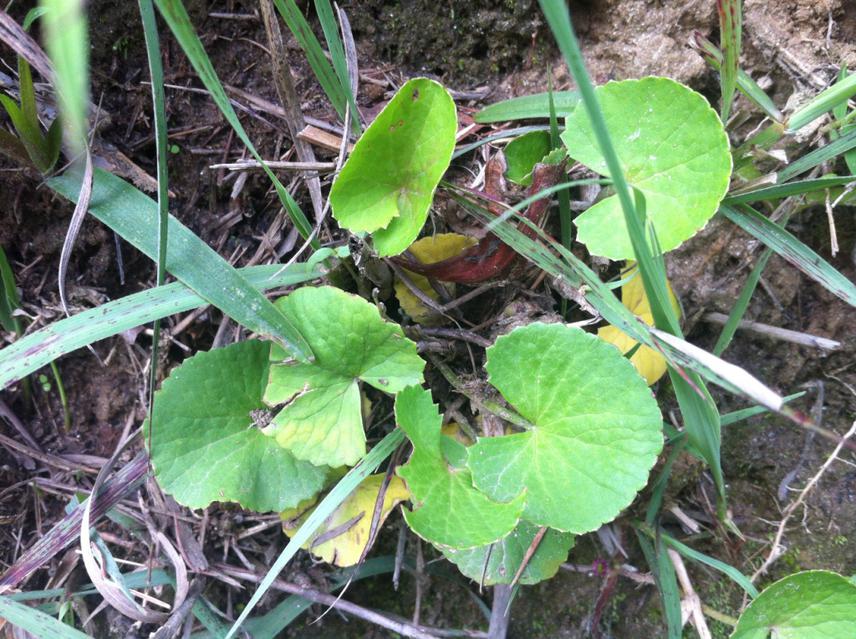Roshani Rai
The aim of the project is to document MAPs available along with their traditional uses and aware the communities specially students about the conservation importance, threats and promotion.
Background:
Langtang region is rich in Medicinal and Aromatic Plants (MAPs), which possess medicinal values and/or contain certain aromatic properties. MAPs are being used as traditional medicines, but due to verbal transference of this knowledge, dominance of modern medicines and rapid land degradation it is slowing being lost. Also, over exploitation of MAPs is depleting the resource base resulting to forest biodiversity degradation.

Centella asiatica.
Introduction:
This project operated in Gatlang and Chilime VDCs in Rasuwa district of Nepal. These VDCs are in close proximity to Langtang National Park but they have not been able to achieve any conservation priority yet.
The project aims in documenting available major and minor MAPs of Langtang region along with their traditional uses for future reference. A major focus is on recording traditional uses as this knowledge is slowly disappearing as a result of verbal transfer through generations and as modern medical practices are taking them over. The project envisions students and young adults as future conservation leaders. Through its community awareness objective, students are provided lectures on the MAPs species, traditional uses, conservation importance, threats and strategies. Local healers and representatives of MAPs group are the facilitators for the awareness classes. Conservation of vital MAPs species; Nardostachys jatamansi, Panchaule, Nirmansi, Bikh, Bikhuma will be promoted through posters providing information about their traditional and commercial uses and the conservation strategies. The project also assists the propagation of these vital MAPs through nursery support.
Objectives:
1. To find relative distribution, frequency and coverage of MAPs available in the study area
2. To gather perception and knowledge of the local community regarding MAPs, their traditional uses and conservation.
3. To launch awareness programs for the importance and conservation of the MAPs
4. To assist artificial propagation of the vital MAPs species
The project works with Community Forest Users Groups, Herders group, MAPs group and Women’s group, local healers and vaidyas, schools and concerning government bodies.
Outcomes:
1. Increased conservation efforts from the practitioners and concerning organizations
2. Proper documentation of the available MAPs and their traditional uses
3. Increased awareness of the communities about the MAPs and their conservation
4. Poster publication which would facilitate future activities on MAPs
5. Ownership developed among the communities mainly students and young adults about the wealth of MAPs and its conservation and promotion